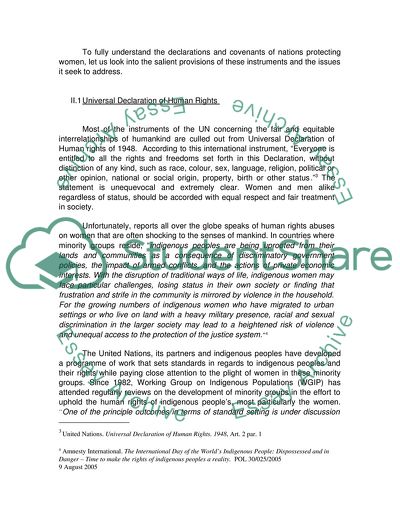Cite this document
(International human rights Case Study Example | Topics and Well Written Essays - 2500 words, n.d.)
International human rights Case Study Example | Topics and Well Written Essays - 2500 words. https://studentshare.org/law/1703019-international-human-rights
International human rights Case Study Example | Topics and Well Written Essays - 2500 words. https://studentshare.org/law/1703019-international-human-rights
(International Human Rights Case Study Example | Topics and Well Written Essays - 2500 Words)
International Human Rights Case Study Example | Topics and Well Written Essays - 2500 Words. https://studentshare.org/law/1703019-international-human-rights.
International Human Rights Case Study Example | Topics and Well Written Essays - 2500 Words. https://studentshare.org/law/1703019-international-human-rights.
“International Human Rights Case Study Example | Topics and Well Written Essays - 2500 Words”. https://studentshare.org/law/1703019-international-human-rights.


